
Our Story
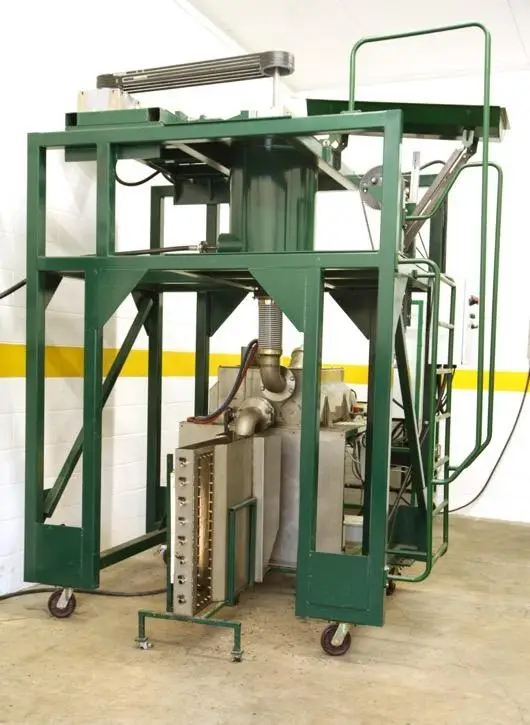
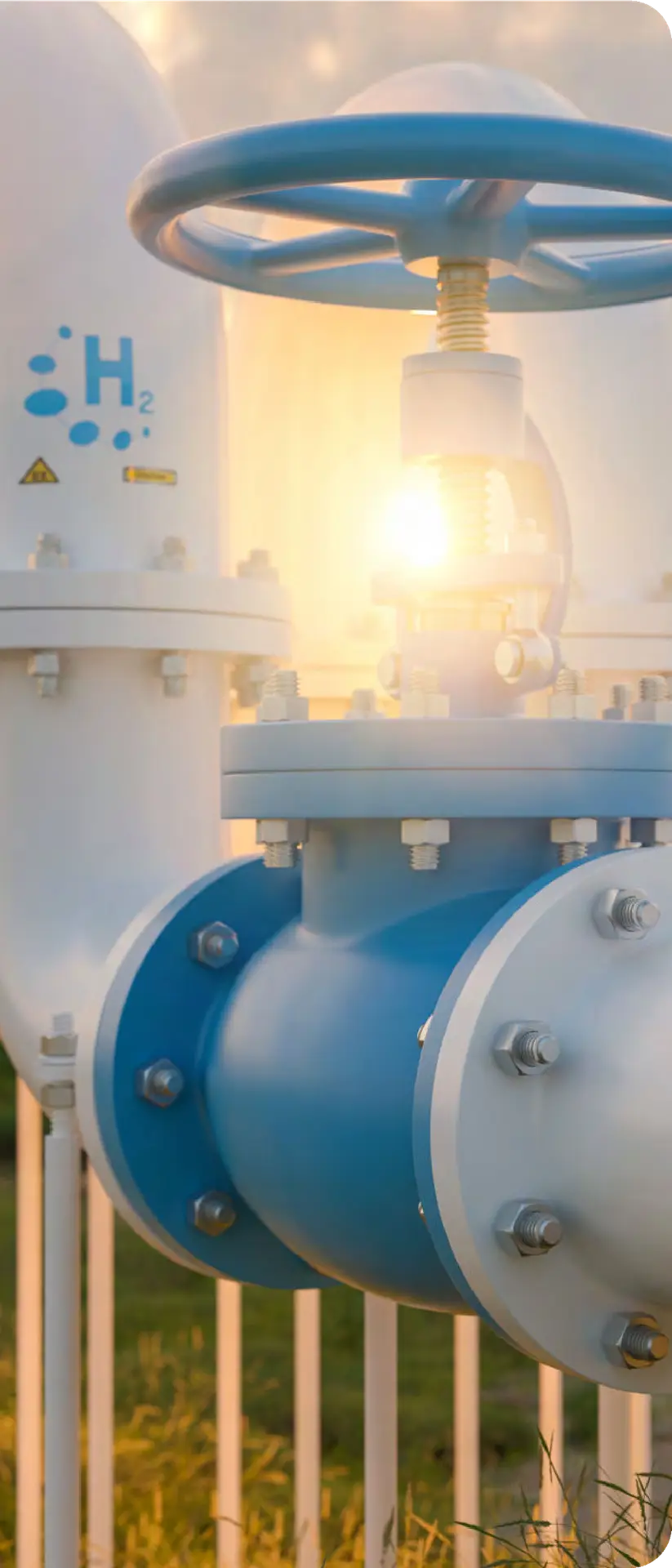
Historical Experience
The team has extensive experience with the effects of cavitation, successfully applying it across multiple innovative prototypes:
Prototype One – Mining – Enhanced Tailings Recovery
This prototype focused on achieving significantly higher mineral recovery rates from mining waste, or “tailings,” compared to leading industry technologies. A small lab-scale prototype demonstrated the process on gold tailings, proving it could recover mineral ore particles as small as 10 microns at very low cost.
Prototype Two – Oil Sands Separation
Designed to cleanly and economically recover hydrocarbons from Alberta oil sands, this prototype demonstrated the ability to separate and recover 100% of the materials in oil tar sands into their main constituents.
Prototype Three – Oil Viscosity Reduction
This prototype targeted viscosity reduction in oil tars (such as bitumen and black wax), enabling these heavy products to be efficiently transported by pipeline to refineries, significantly reducing the need for costly diluents.
Prototype Four – Plastic-to-Hydrocarbon Conversion
This prototype utilized cavitation and an advanced custom-designed “impulse generator” to create powerful shock waves in turbulent liquid flow. This process successfully broke down small plastic particles in water, extracting carbon and hydrogen to synthesize hydrocarbon liquids similar to oil.
Each of these prototypes showcases the versatility and power of cavitation for sustainable resource recovery and processing.
Exploring the Potential of Cavitation
- Mining Application: Cavitation’s potential was first identified in mining, where it enhanced mineral recovery.
- Cold Cracking Effects: Observing oil derivatives (such as diesel) formation during bitumen extraction from oil sands revealed cavitation’s ability to significantly reduce viscosity in heavy oils.
- Plastic Waste Recycling: By breaking hydrocarbon bonds, cavitation enabled the conversion of plastics into valuable “green” hydrocarbons, both gaseous and liquid.
- Hydrogen Production Discovery: In our plastic recycling experiments, we realized cavitation could extract hydrogen from water, leading to further focus on hydrogen production.
- Impulse Generator Design: Reducing pressure requirements improved the system’s efficiency and performance.
- Harnessing Hydrodynamics: Insights from fluid dynamics helped us better control and maximize cavitation’s effects.
- High-Intensity Cavity Collapses: Optimized reactor design enables intense cavity collapses to drive the desired chemical reactions.
- Science and Engineering Integration: Our team’s technical expertise combined advanced mathematical modeling and prototype development for effective cavitation control.
- Patent Protection: We hold multiple granted patents, with pending applications for hydrogen production. Initial patent searches reinforce our unique approach’s viability.
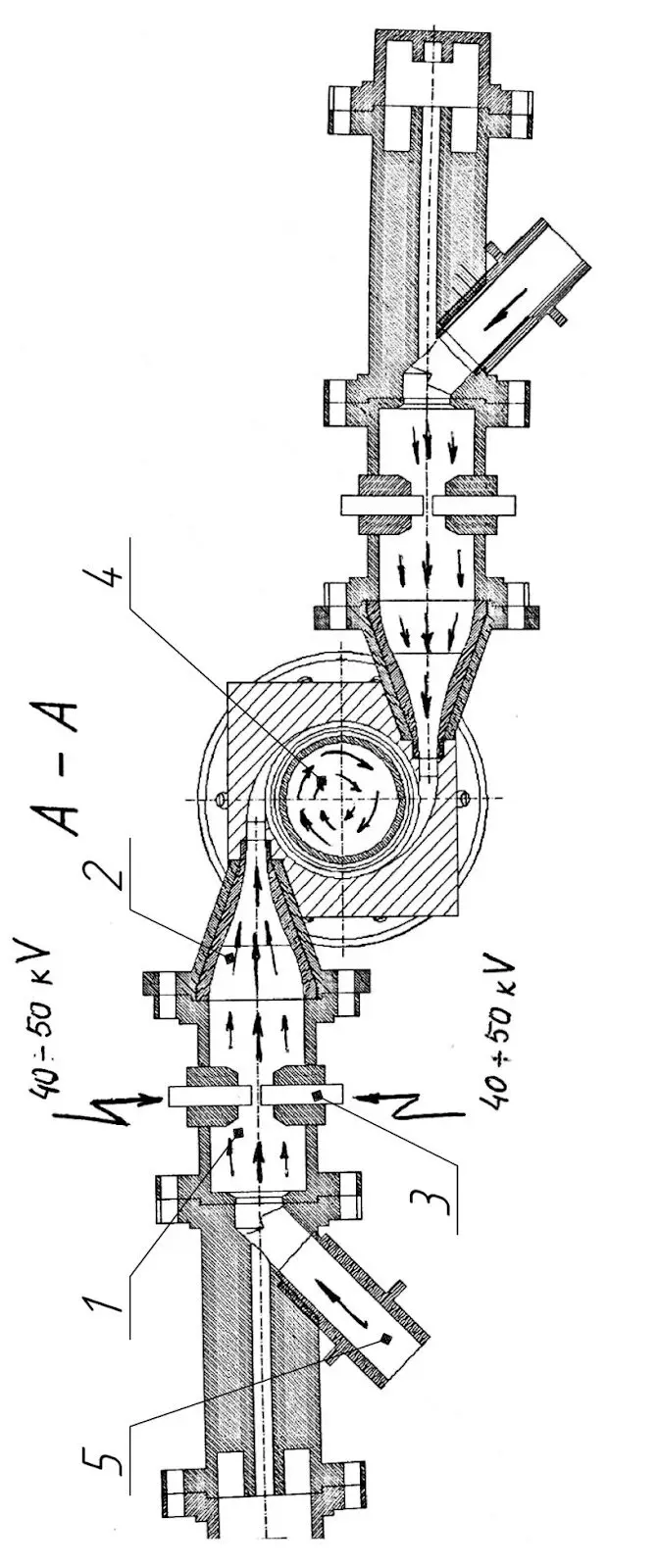
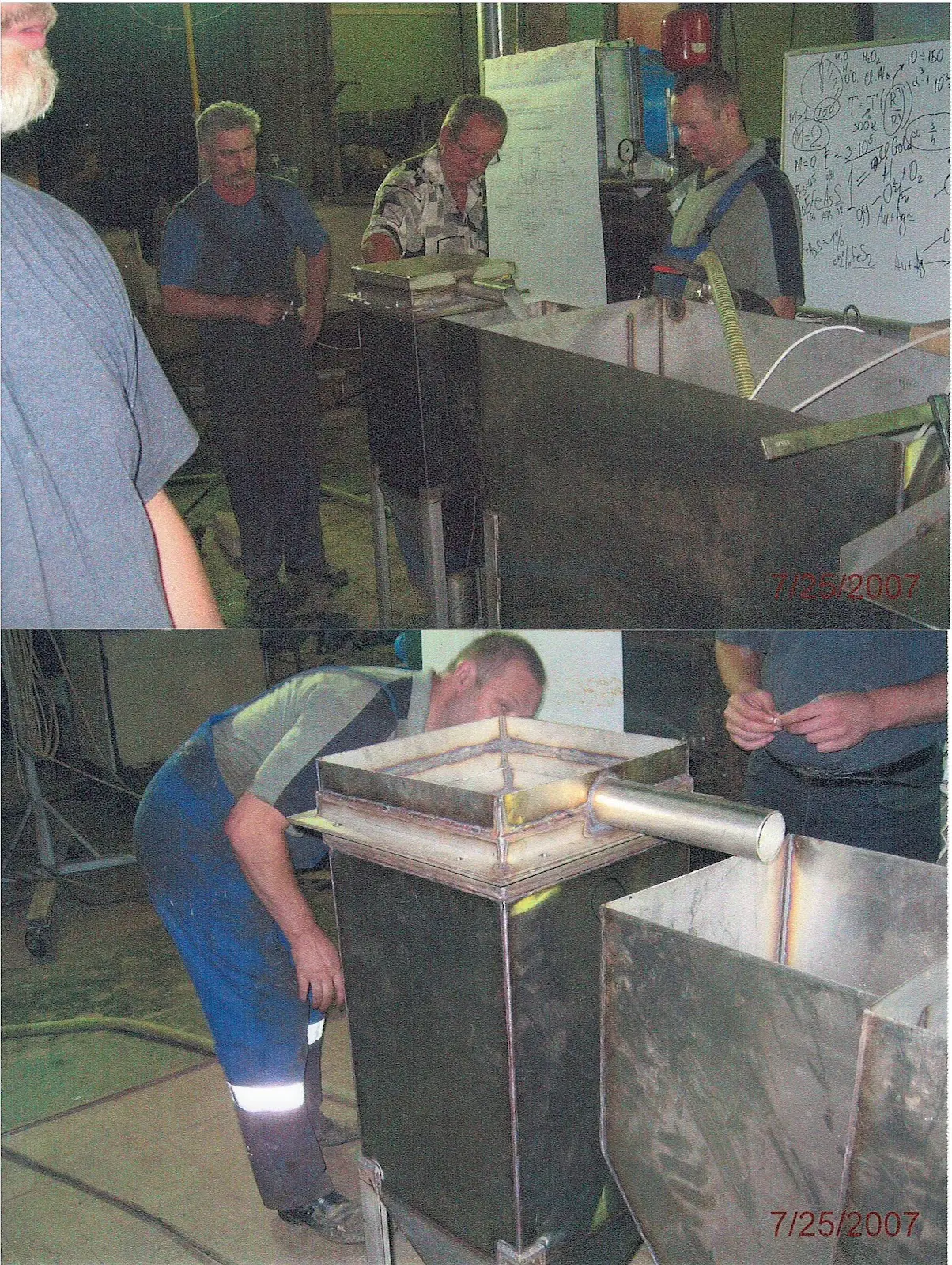
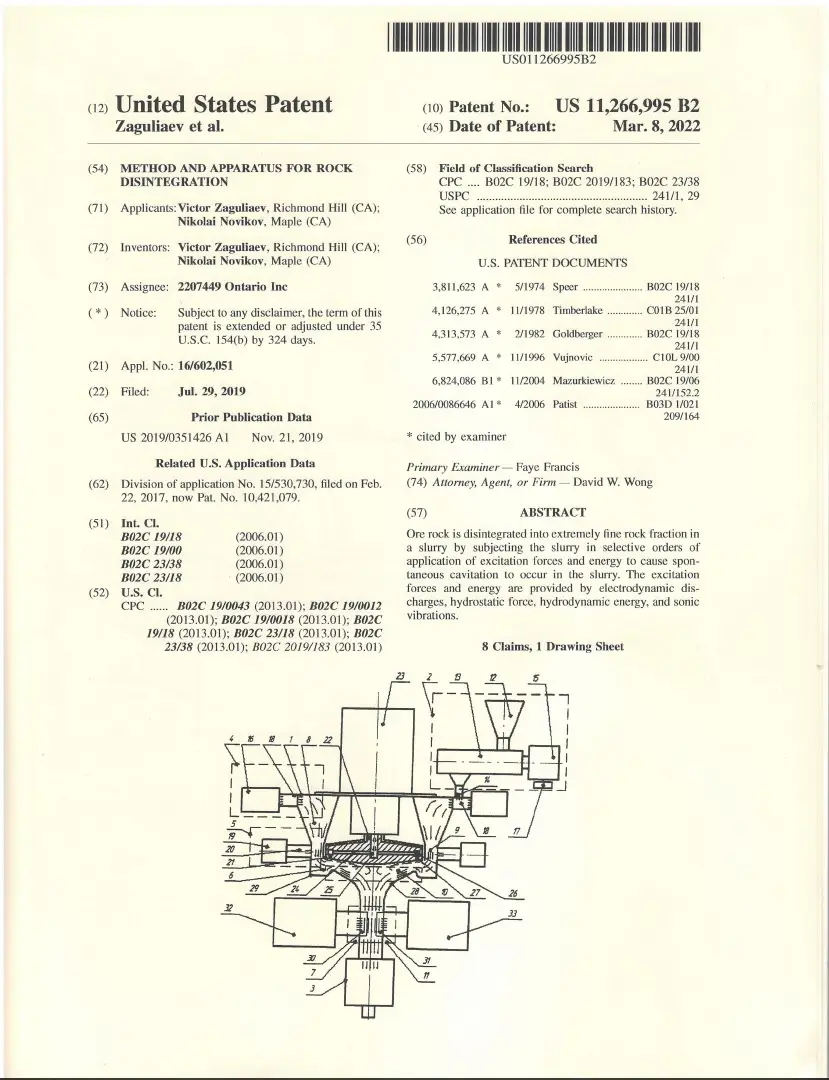
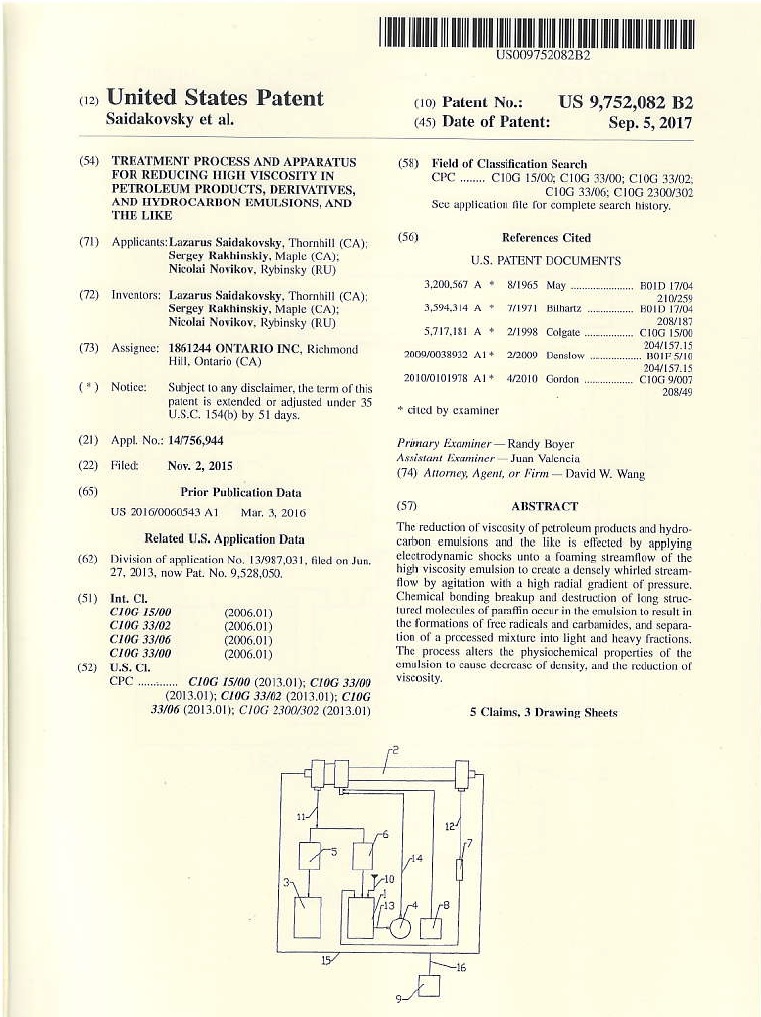
Patents
Eirex has successfully filed multiple patents and conducted rigorous testing to validate its revolutionary technology. With years of expertise in harnessing cavitation, the company has proven the effectiveness of its proprietary process to break molecular bonds.